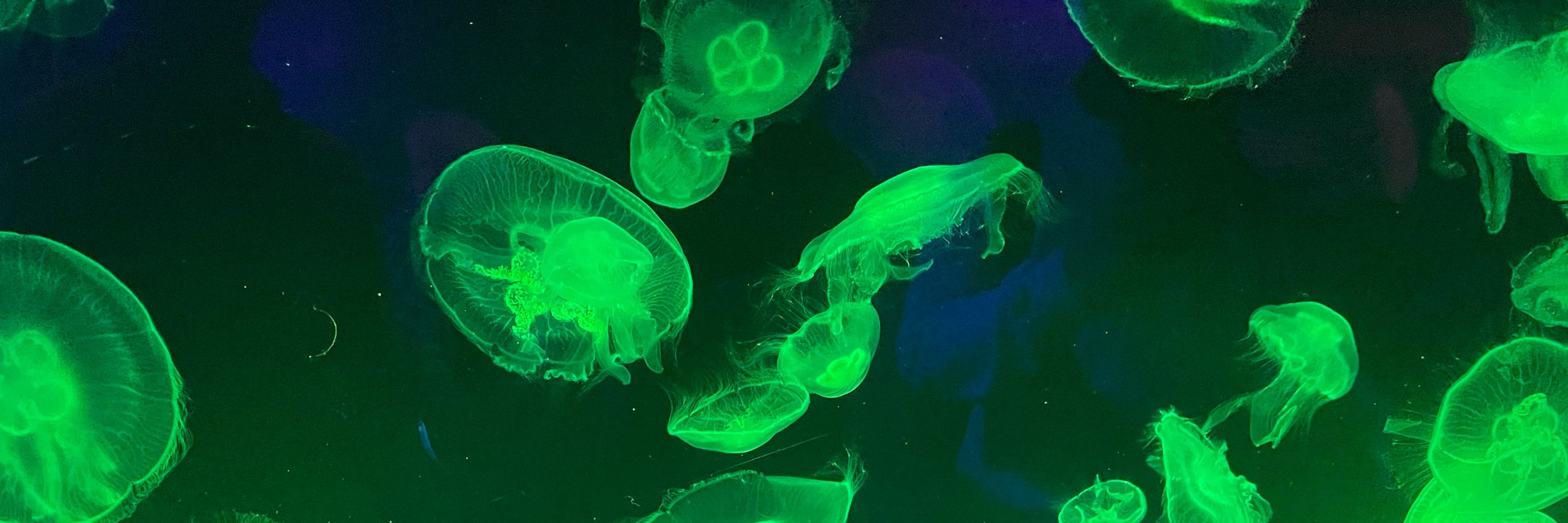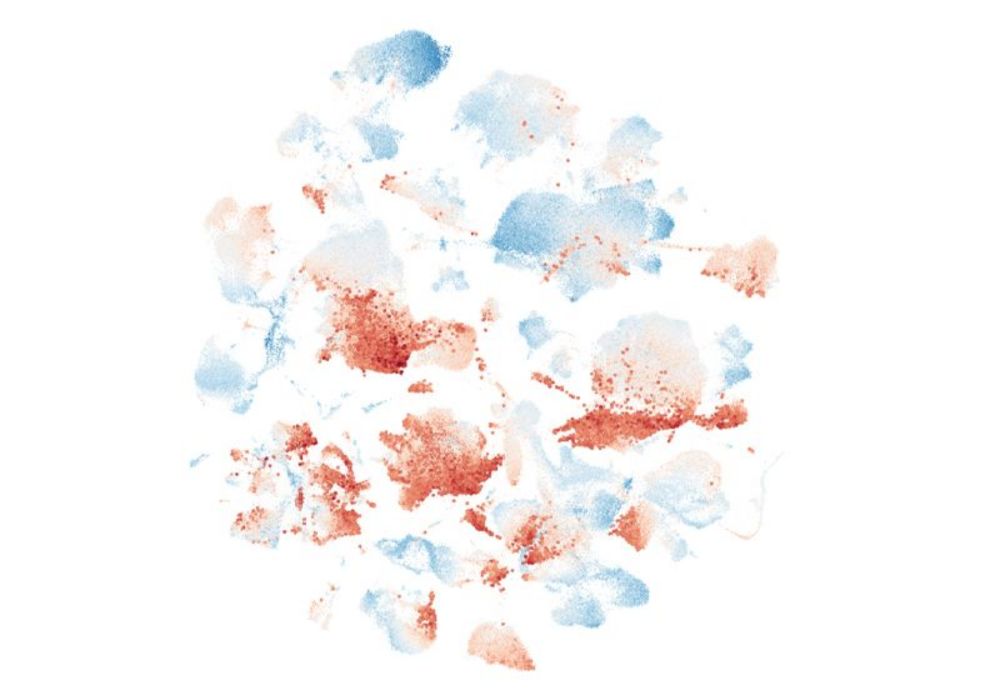Kamal Nahas
@kamalnahas.bsky.social
150 followers
490 following
16 posts
Microscopist at Diamond Light Source | Freelance science journalist | kamalnahas.com | Virology PhD | Views my own. He/him 🏳️🌈
Posts
Media
Videos
Starter Packs
Reposted by Kamal Nahas
Reposted by Kamal Nahas
Kamal Nahas
@kamalnahas.bsky.social
· Dec 17
Kamal Nahas
@kamalnahas.bsky.social
· Dec 13
Kamal Nahas
@kamalnahas.bsky.social
· Nov 26

















